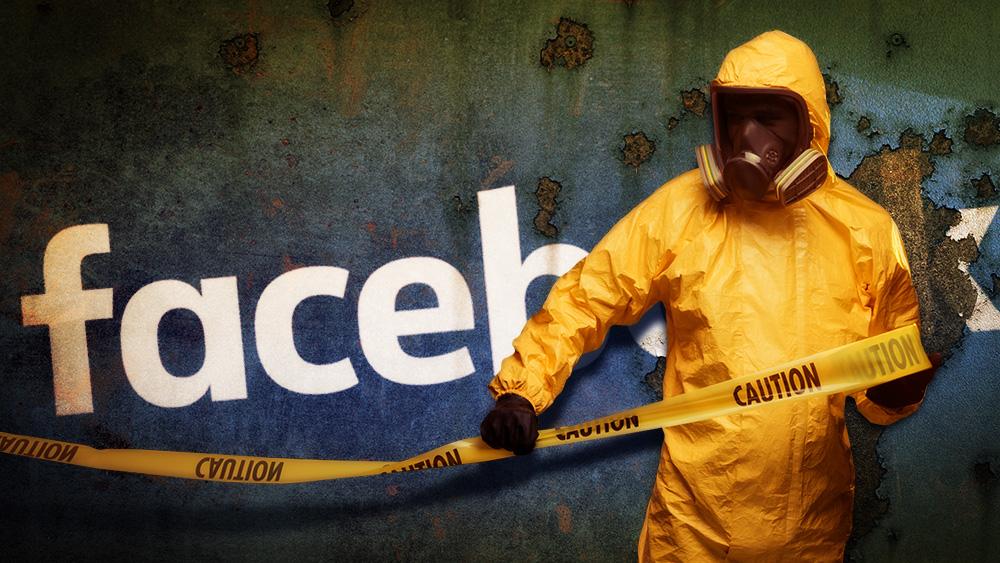How Meta Let Facebook Spiral into a Toxic Pit of Disinformation and Hate

Facebook was once the digital town square—a place to connect with friends, share life updates, and post dog photos. But over the years, that vision has unraveled. What’s left is a platform increasingly dominated by outrage, conspiracies, and hate speech. How did we get here? More importantly, why has Meta, the tech giant behind Facebook, allowed this to happen?
Engagement Over Everything
At the heart of the issue is Facebook’s business model. The platform is designed to keep people scrolling, clicking, and sharing. And what keeps people glued to their screens? Emotion—especially anger and fear. Meta’s own internal research has shown that divisive content tends to get more engagement. And engagement is money. More comments, more shares, more ad views.
So even when the company knows certain content is harmful or misleading, its algorithm often boosts it anyway. Why? Because it works. It’s a feature, not a bug.
Profit > Responsibility
Time and again, Meta has been given the opportunity to fix things. Whistleblowers like Frances Haugen have exposed just how aware Facebook is of the harm it causes—from spreading vaccine misinformation to enabling hate speech and violence in fragile democracies. And yet, little meaningful action has been taken.
Why? Because serious reform might hurt the bottom line. Removing toxic content means fewer clicks. Tweaking the algorithm to prioritize truth over emotion would make the platform less addictive. And for a publicly traded company chasing growth, that’s a tough pill to swallow.
Weak Moderation at Global Scale
While Meta pours billions into developing virtual reality headsets and AI chatbots, its content moderation system remains grossly underfunded—especially outside the U.S. In many countries, there are few (if any) moderators who speak local languages or understand the cultural context. This negligence has had dire consequences, including real-world violence fueled by Facebook rumors in places like Myanmar and Ethiopia.
Even in the U.S., moderation is inconsistent. Facebook removes some posts while leaving others that clearly violate its policies. The result? A platform where users lose trust, and hate groups thrive in the gray areas.
The Myth of Neutrality
Meta often claims it doesn’t want to be “the arbiter of truth.” But letting lies and hate flourish isn’t neutrality—it’s complicity. When algorithms are engineered to reward the most inflammatory content, and harmful actors face no real consequences, the platform effectively takes a side. And it's not the side of truth or safety.
The Fallout
The consequences are visible everywhere:
-
Misinformation about elections and vaccines.
-
Rising political polarization.
-
Radicalization and hate speech spreading like wildfire.
-
A constant stream of toxicity driving users away—or worse, driving them deeper into echo chambers.
And yet, Meta continues to focus on futuristic dreams like the metaverse while its core product becomes more poisonous by the day.
Can It Be Fixed?
Sure, Facebook can be fixed. But will Meta do it? That’s the billion-dollar question.
It would take real changes—overhauling algorithms, investing in human moderation, enforcing rules consistently, and prioritizing social responsibility over profits. But as long as engagement is king and shareholder value rules the day, don’t hold your breath.
In Our Opinion:
Meta didn’t just allow Facebook to become toxic—it engineered the conditions that made it that way. The platform reflects the choices of its creators, and until those choices change, Facebook will remain a digital breeding ground for disinformation and hate.
- Art
- Business
- Causes
- Crafts
- Community
- Dance
- Drinks
- التعليم
- Fashion
- Film
- Fitness
- Food
- الألعاب
- Gardening
- Health
- الرئيسية
- LGBTQ+ News
- Literature
- Music
- News
- Nature
- Networking
- Oddities
- أخرى
- Party
- Politics
- Religion
- Science
- Shopping
- Sports
- Theater
- Wellness



